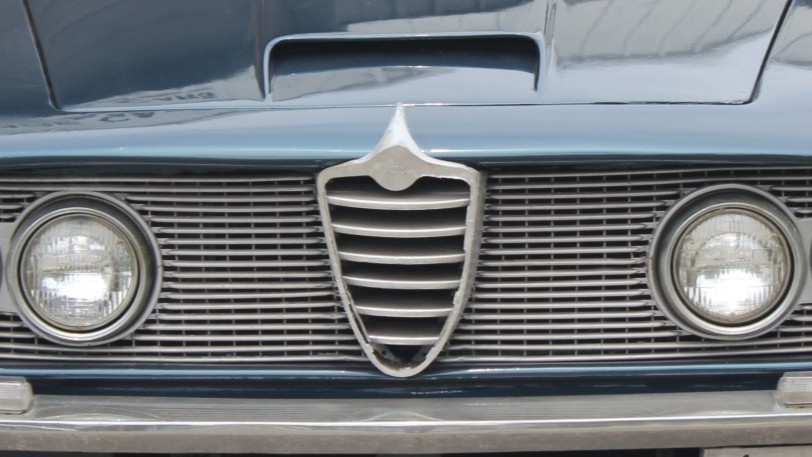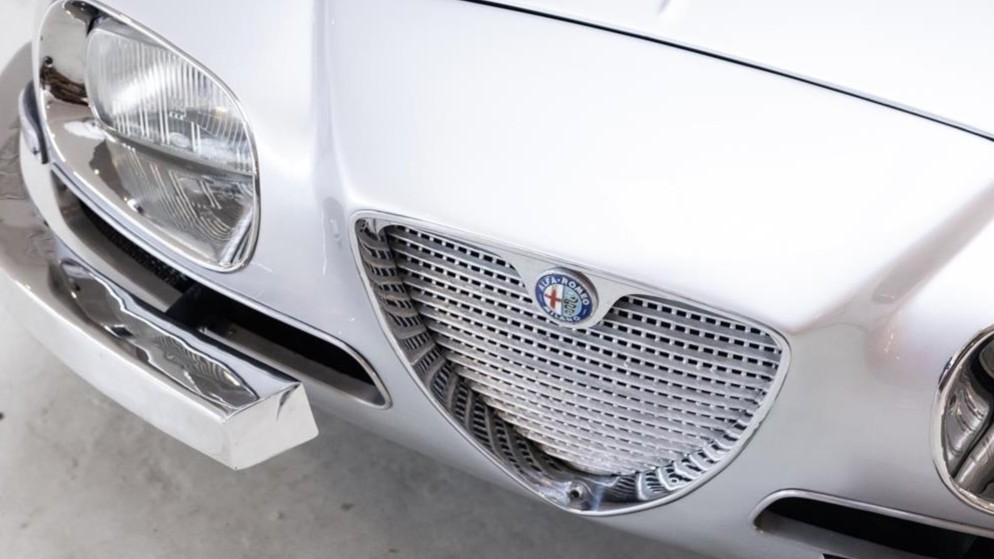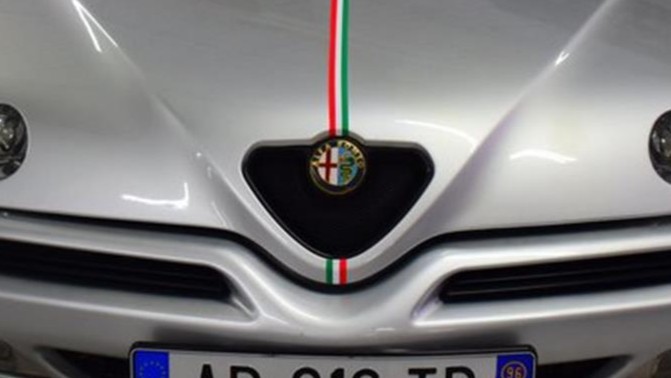In an era where fuel efficiency and environmental consciousness are becoming critical considerations for car buyers, some vehicles continue to defy the trend by consuming fuel at astonishing rates.
High gas consumption not only impacts your wallet with frequent visits to the fuel pump but also contributes significantly to environmental pollution and greenhouse gas emissions.
Owning a gas-guzzler can bring considerable economic strain, especially with fluctuating fuel prices and increased environmental regulations.
This article reveals the top 20 vehicles notorious for their excessive fuel usage, guiding potential buyers and auto enthusiasts alike in making informed decisions about their next car purchase.
Bentley retired its unusual W12 engine last year, but that hasn’t stopped it from making incredibly powerful and fast vehicles. Just look at the new Bentayga Speed. Even though it’s down two cylinders compared to the outgoing Speed model, it’s both more powerful and faster.
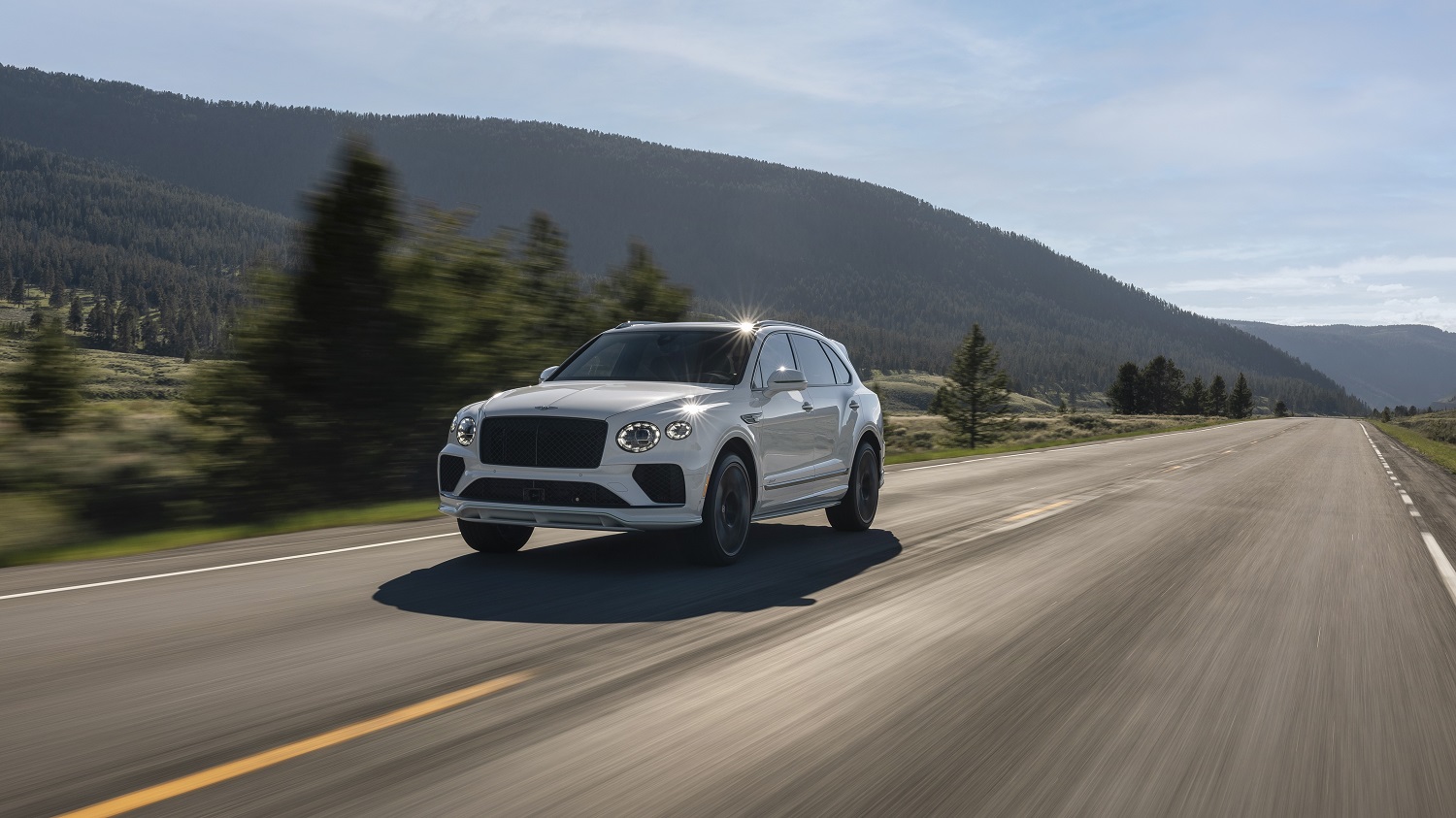
According to Bentley, “The Bentayga Speed’s new 4.0-litre twin-turbo V8 engine delivers exceptional performance, with peak power of 650 PS/641 bhp/478 kW and a 0-60 mph time of just 3.4 seconds. These figures comprehensively surpass those of the Bentayga V8 S (4.4 seconds) as well as the 3.9 second mark set by the previous W12-engined Bentayga Speed. Peak torque of 850 Nm (627 lb.ft) is delivered between 2,250-4,500 rpm.” Flat out, the Bentayga Speed can reach a top speed of 193 mph (310 kph).
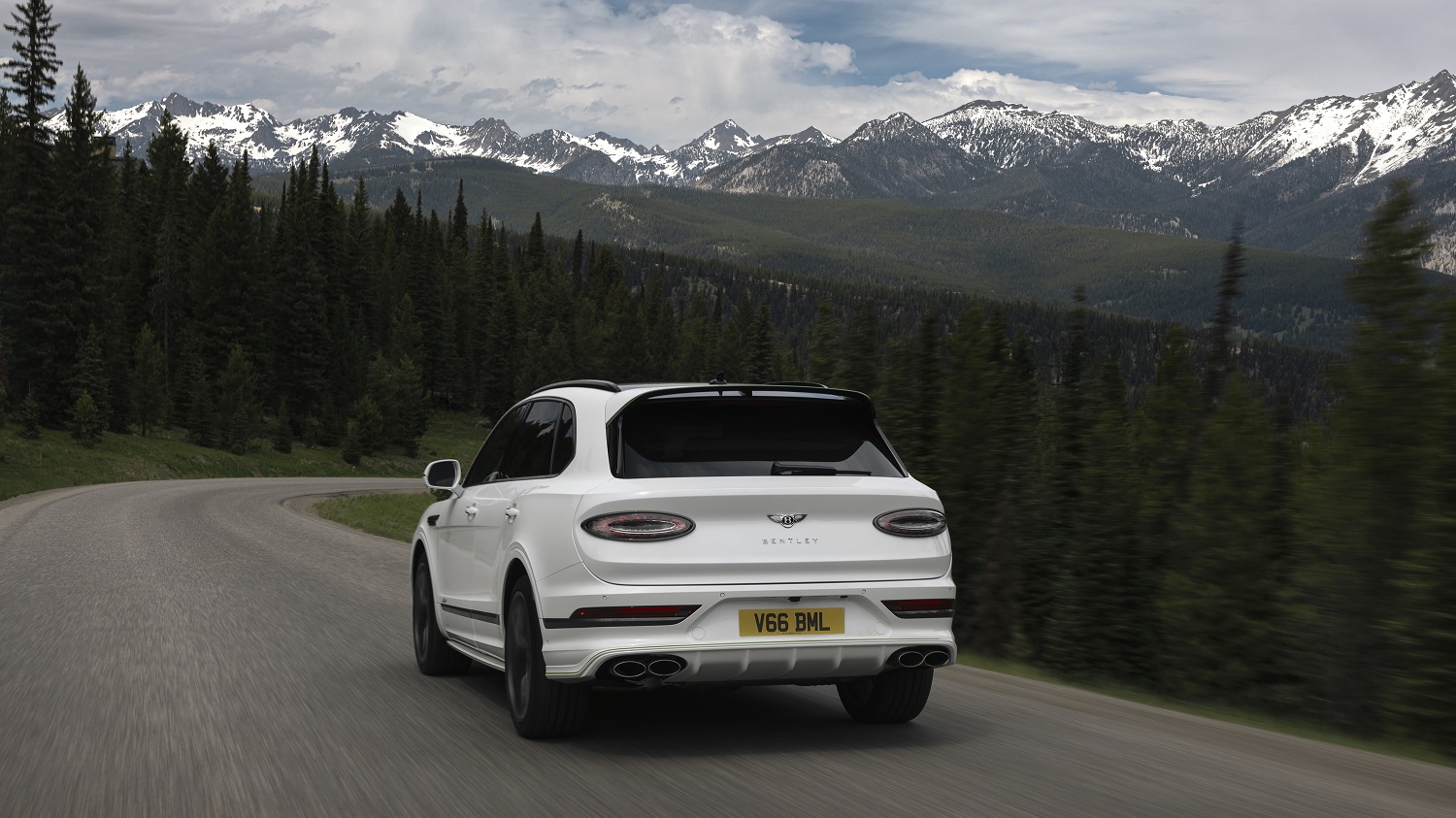
Bentley couples that enhanced engine with a standard sports exhaust system with either a pair of elliptical exhaust finishers or an optional titanium Akrapovic exhaust that ends in quad outlets. Torque vectoring, tweaks to the Sport drive mode, and a 15-percent stiffer suspension add up to sharper steering and better handling, which is further enhanced by all-wheel steering that turns the wheels in the same direction at low and medium speeds and turns them opposite directions at high speeds for better stability. Opting for carbon ceramic brakes unlocks a Dynamic (a.k.a. less intrusive) setting for the stability control in Sport mode, which allows for throttle-on slip angles or oversteer. Another bonus? Launch Control—a first for the Bentayga.

The new Bentayga Speed’s more obvious distinguishing characteristics are its dark-tinted headlamp internals and brightware, chrome Speed badging, and gray taillights with darkened bezels. Twenty-two-inch Speed wheels (in either silver or dark tint) are standard; selecting the carbon ceramic brakes also opens up the option of 23-inch wheels in a variety of finishes. A gloss or satin black roof is available, depending on the color of the body.
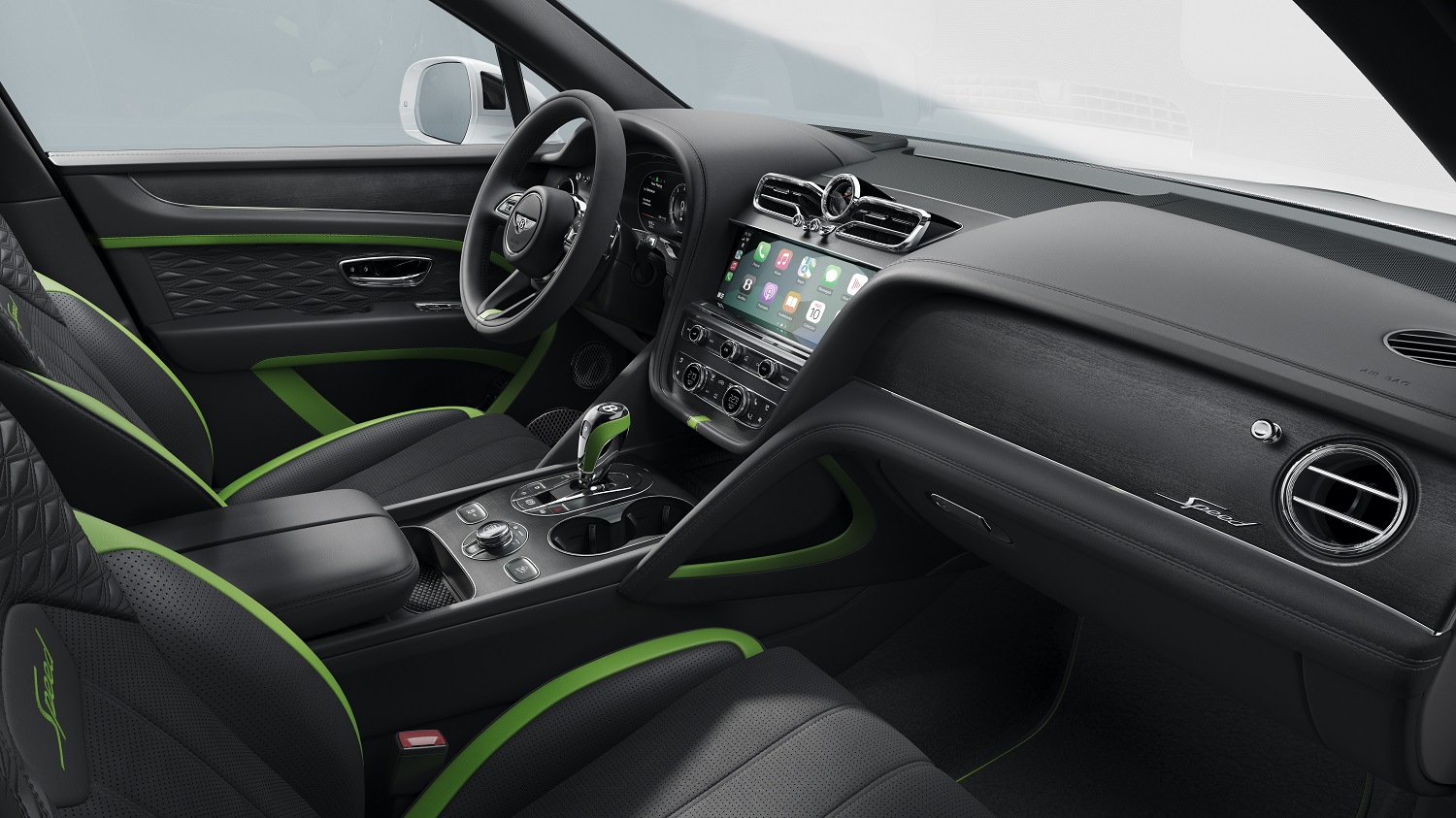
Inside, the Bentayga Speed gets a unique driver information display, special badging, Speed embroidery on the seats, and new Precision Diamond quilting. Chrome is the standard finish for the air vents and organ stops but, like the exterior trim, those can also be covered in dark tint.
Yes, the new Bentley Bentayga is more powerful than it’s ever been, but the question is: How will it fare against the 717-horsepower Aston Martin DBX S?
We all want to share what we love with the people we love. But not everyone is a car enthusiast or has the same level of passion for them you do—and that may be true for your significant other. If that’s the case, what do you do? The observations and tips I’ve put together below may not convert the special person in your life into a diehard gearhead, but they should give you a better understanding of the situation and how to connect over something that’s meaningful to you.
It’s Not Really About Cars

When your spouse/significant other isn’t as excited by the sight of a big-block Corvette as you are, or visibly loses interest when you go on and on about the new Mustang, you’re probably not disappointed by his/her lack of enthusiasm for the car itself. You feel let down because your special person is not into something that’s a big part of you. Whether you’ve just started seeing them or this has been an issue for a while, it helps to explain to him/her just what cars mean to you and how they’ve been such an important part of your life. Tell memorable stories from your childhood or your car-related dreams, such as that road trip up the Pacific Coast Highway you want to go on with him/her. Once again, the cars are secondary; this allows you to connect in a much more fundamental way and help him/her understand you better.
Speak Their Language
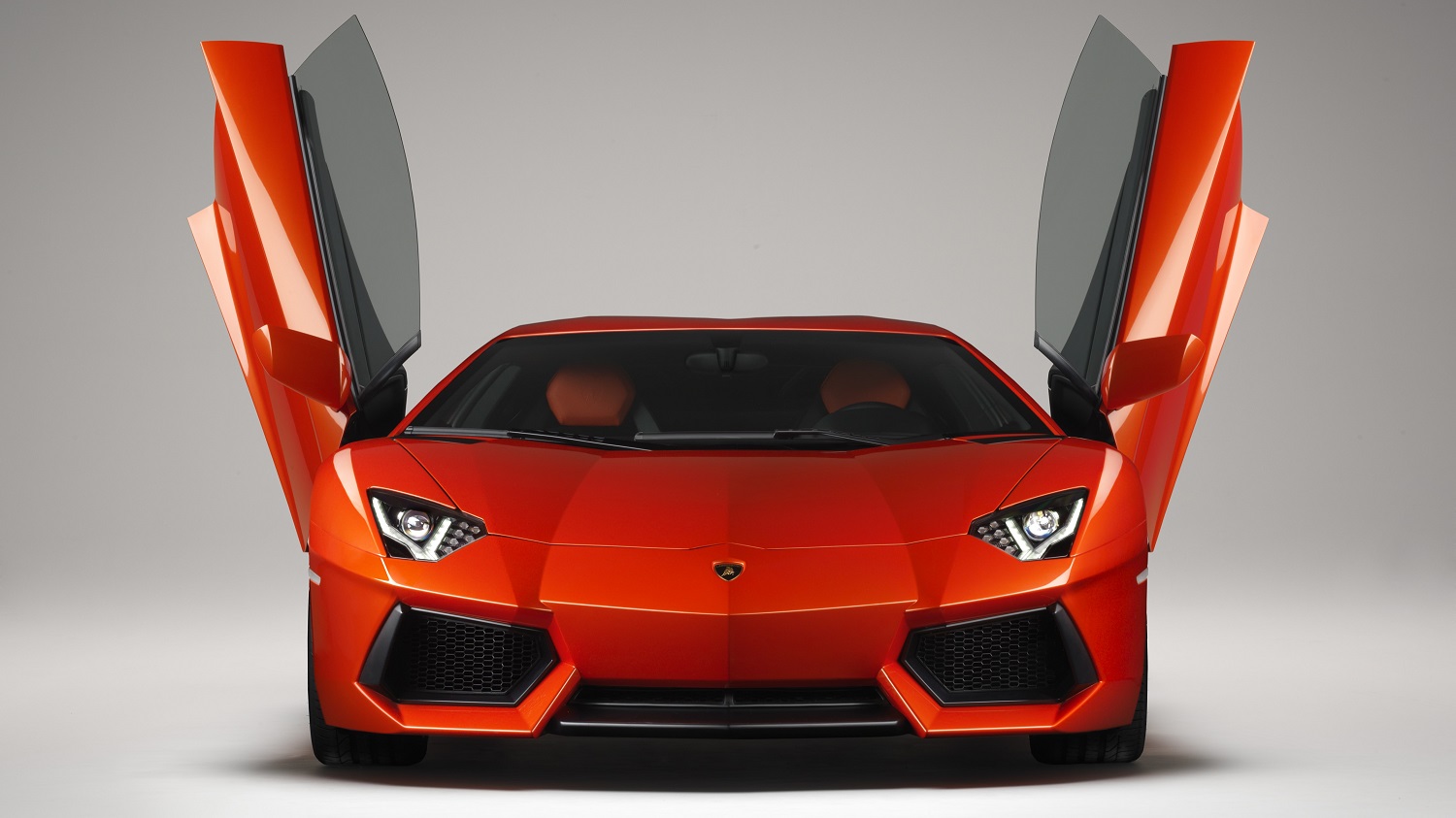
One of the great things about being able to relate cars to anything is that you can do the exact opposite. Is your mate a big fan of a certain actor or actress? You can ask, “Hey, did you see the new [Insert European Hypercar Here] that [Insert Celebrity’s Name Here] just bought?” That not only shows your mate that you pay attention to the people who interest her, but it also starts a conversation that both of you can get into. If the love of your life is into a certain band, that group’s newest music video may have a cool vehicle in it, so pull that up and watch it with her. She may notice the vehicle right away without you even mentioning it. All you have to do at that point is just let the conversation flow from there.
Get Them Around Cars

There’s give and take to any good relationship, so your spouse/significant other will go to at least a few car shows with you. When (s)he does, not only will your pure happiness and passion be evident, but also (s)he’ll also prove to you that everyone—no matter what they’re into—has some degree of enthusiasm for automobiles. Trust me. I learned that when I took my wife to a Barrett-Jackson auction. The more we walked around and saw the sights in WestWorld of Scottsdale, the more vehicles she told me she liked. Before that moment, I never knew she was into the first-generation Ford Bronco builds from Maxlider Brothers Customs or Jeff Hayes’ Corvette restomods. She also had plenty to say about the vivid exterior colors and flamboyant designs on display at the Martin Auto Museum here in Phoenix.
Be Realistic
No matter how much you bare your soul or find common ground with your spouse/significant other, there are limits to how much car talk (s)he can take in a certain amount of time, especially if it’s super technical. I know that from experience. I also know that it works the other way: there’s a certain amount of “The Secret Lives of Mormon Wives” or “Summer House” I can handle before I get off the couch and find something (anything!) better to do.
Their Real Love
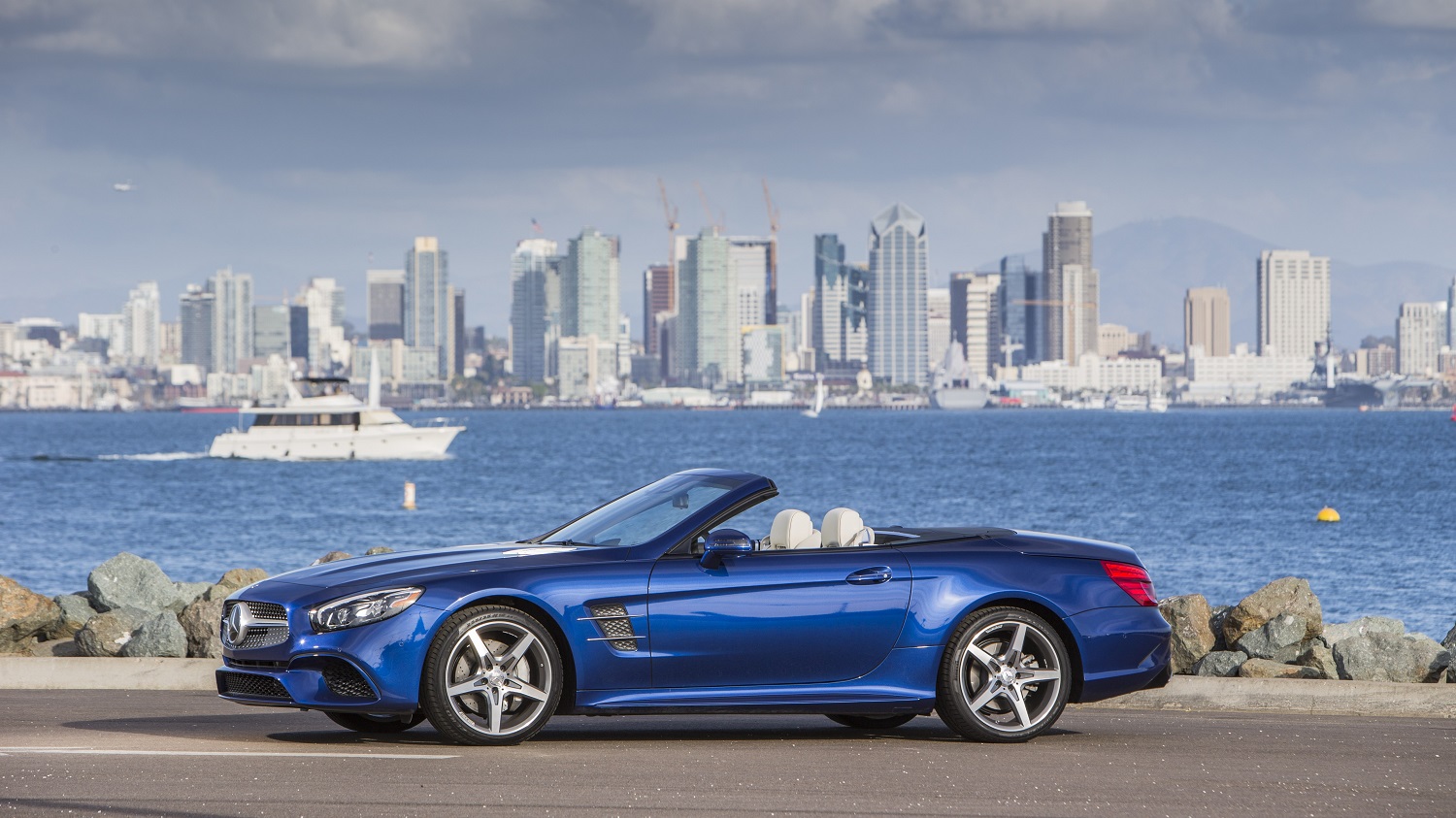
Don’t be surprised when your love starts speaking your language—just be grateful. (S)he may do that through a Hot Wheels car, by suggesting you two go see a car-related movie, or by picking a route to drive through a romantic destination. (S)he may still not love cars, but when (s)he makes gestures like that, you know that (s)he loves you.
In 2025, selecting the right family vehicle goes beyond mere preference; it involves a careful assessment of safety, comfort, reliability, fuel efficiency, and cutting-edge technology. With families increasingly prioritizing peace of mind and convenience, automakers have responded by delivering innovative vehicles designed specifically to meet these demanding criteria. This comprehensive guide utilizes a meticulously data-driven approach, drawing from safety ratings, consumer satisfaction surveys, efficiency statistics, and expert reviews to rank the top 20 family vehicles. Discover which vehicles excel in combining functionality with advanced features, ensuring your family’s journeys are not only comfortable but also secure and enjoyable.
For a long time, I thought Alfa Romeo was a brand that competed with Fiat. I could not understand how there could be these Pebble Beach Alfas that seemed so incongruent with the cars with which I was familiar. And then I learned about the brand’s tech specs over the years and was impressed—even the most basic, uninteresting Alfa had an engine and/or suspension that put then-contemporary American brands to shame.
Below are four Alfa Romeo vehicles currently listed for sale on AutoHunter or ClassicCars.com. Can you tell us what models they are? Post your answers in the Comments section below. If you need a hint, just click on an image.
Click on a photo to reveal each car
You’ll find plenty of automotive goodness in The ClassicCars.com‘s Tuesday puzzle! Once you’re done with this one, why not try a car game from the past?
Did you know that the modern-day “seek” function on an AM/FM radio was pioneered in the late 1940s by General Motors? It was a technological advancement that changed in-car entertainment forever. GM called its radio the “Wonder Bar,” and it was activated by touching a seek bar that would automatically find the next station with a strong enough signal.
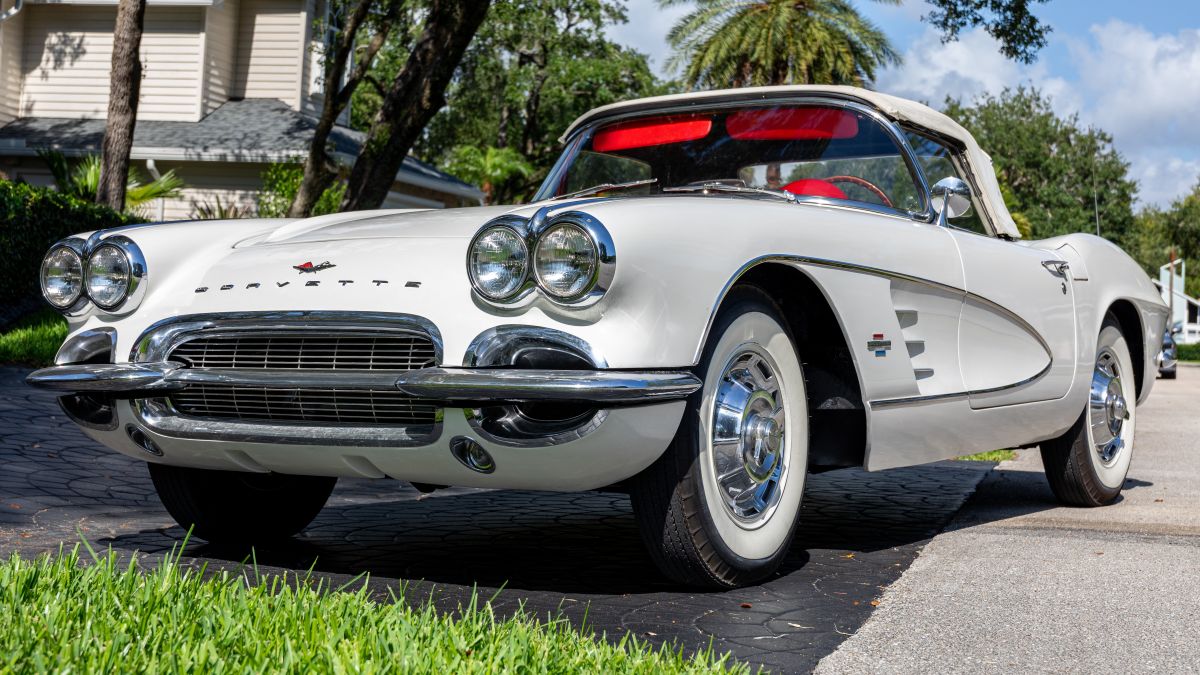
Early Corvette models were among the cars that featured Wonder Bar audio systems and, today, aftermarket companies build replicas in the style of the originals. The next time you go to change your radio station, think about how convenient it is to browse stations at the touch of a button! In fact, if you want to experience what the original Wonder Bar was like, here’s your chance.
Featured on AutoHunter is this 1961 Chevrolet Corvette. The car is being sold by a private seller in Juno Beach, Florida, and the auction will end Thursday, June 5, 2025, at 11:00 a.m. PDT.
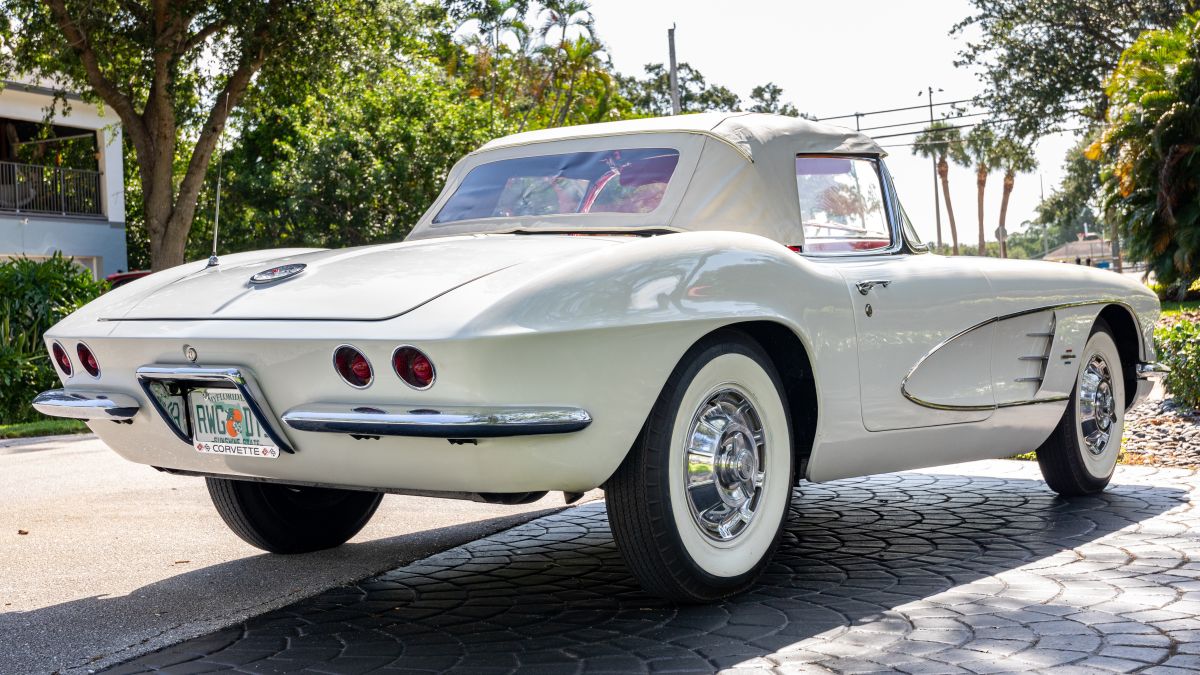
The Ermine White exterior was repainted in 2024 and gives a fresh look to the classic lines. Many C1 Corvettes left the factory with two-tone paint schemes and light-colored side coves, but the monochromatic look shown here in all-white is elegant and sporty at the same time. The American Classic wide-whitewall tires give a period-correct look and feel to the overall package.
Model year 1961 was significant for the Corvette, because it marked the beginning of what became known as the “ducktail” rear end – featuring quad round taillights instead of fender-top-mounted units. Chevrolet was proud of the Corvette’s fun-to-drive demeanor in 1961 and promoted it accordingly: An ad from the period said, “Few cars from this or any other country can come remotely close to it for flashing performance, good handling and hair-trigger responsiveness. The feeling it imparts will make you chuckle with pleasure, just driving the son-of-a-gun around the block.”
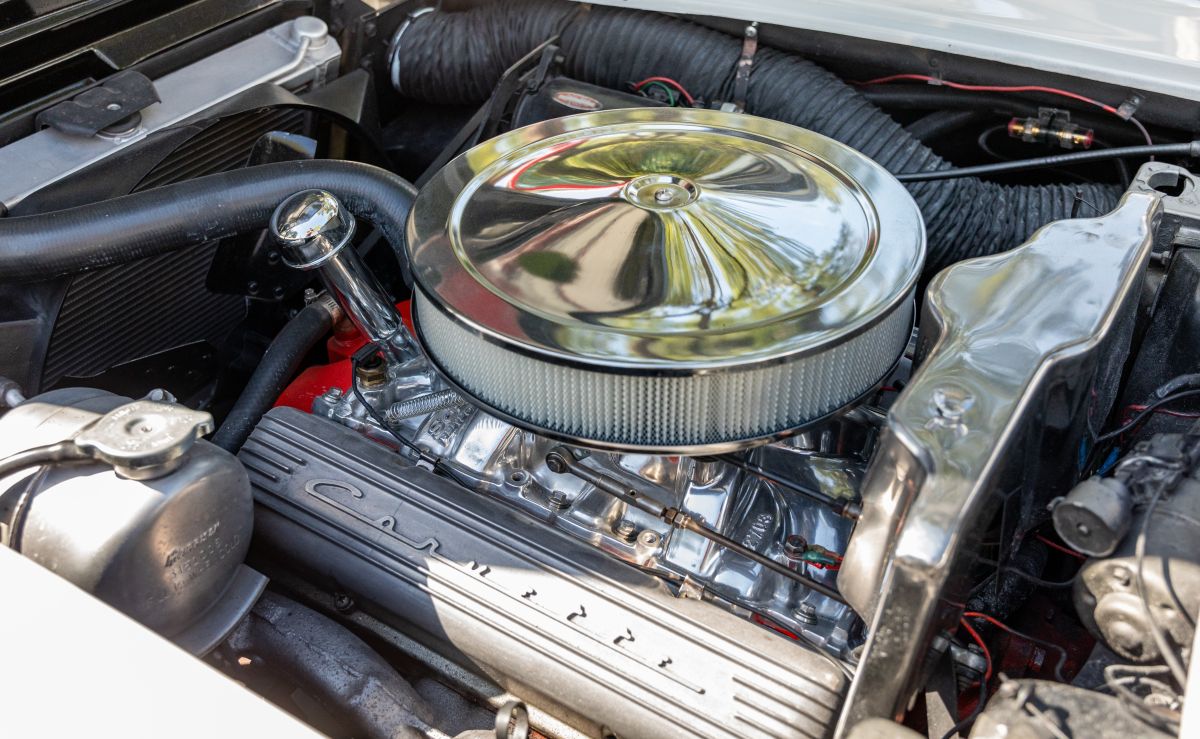
That chuckle was made possible by a 283ci V8 mated to a Powerglide two-speed automatic transmission. The intake manifold, carburetor, fuel pump and sending unit of this car have been replaced. The odometer says 55,664 miles, but true mileage is unknown.
The listing says that the red vinyl interior has been refreshed, and it looks showroom ready. Features include bucket seats, a wood-rimmed steering wheel, a clock, logo floor mats, a heater and, of course – the Wonder Bar replica radio.
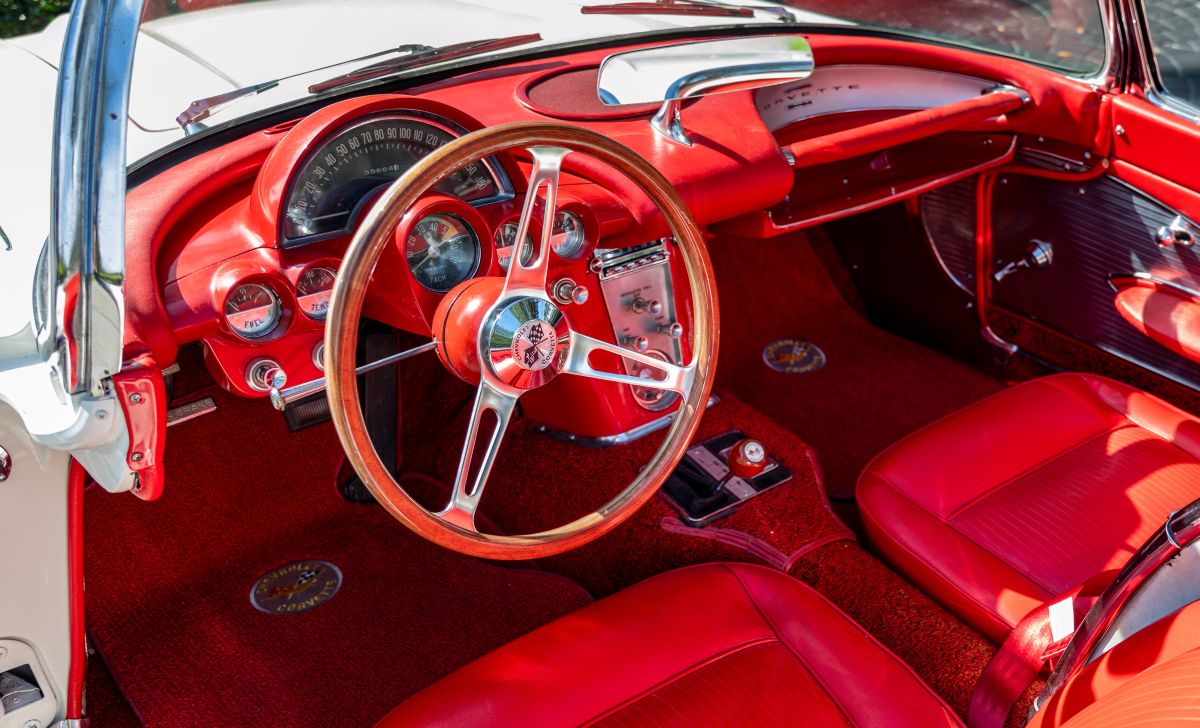
Best of all, in this case, the Wonder Bar is Bluetooth-compatible. That certainly wasn’t something General Motors was thinking about in the 1960s. Get your road trip audio playlist ready, because summer 2025 is going to rock. Especially if you’re behind the wheel of a sweet classic Vette.
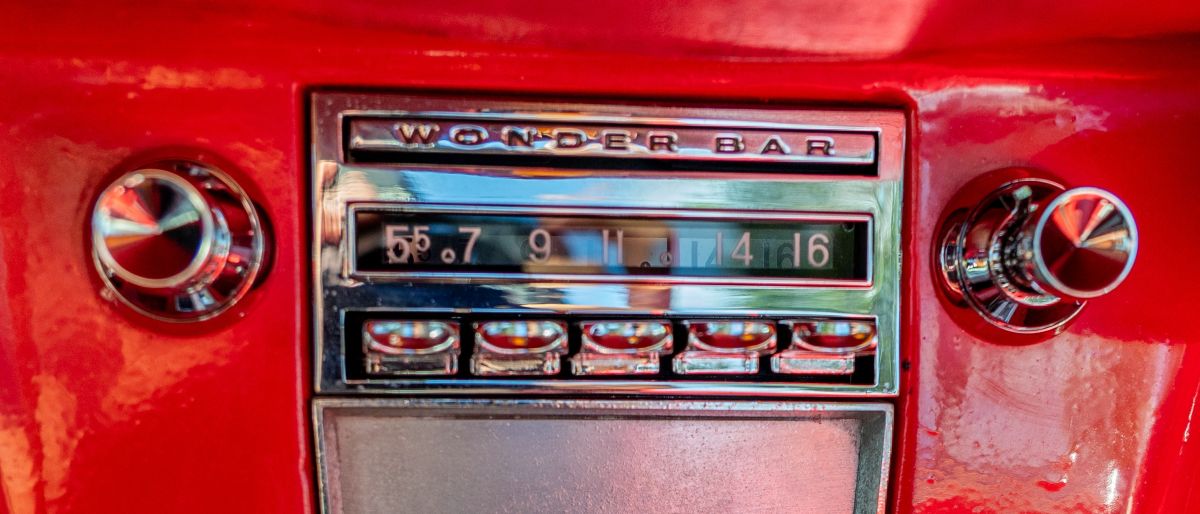
The auction for this 1961 Chevrolet Corvette ends Thursday, June 5, 2025, at 11:00 a.m. (PDT).
Visit the AutoHunter listing for more information and a photo gallery
In today’s fast-paced world, car safety has become a top priority for American consumers.
Advancements in automotive technology have significantly improved vehicle safety, introducing features such as automatic emergency braking, lane departure warnings, and enhanced collision avoidance systems.
However, with numerous models boasting superior safety claims, selecting the ideal vehicle can be overwhelming.
Trusted organizations like the Insurance Institute for Highway Safety (IIHS) and the National Highway Traffic Safety Administration (NHTSA) provide rigorous safety ratings, offering reliable benchmarks for comparison.
This article highlights the top 20 safest cars currently available, leveraging data-backed rankings to help you make an informed decision when purchasing your next vehicle.
The 1970s brought a load of 1930s nostalgia several times during the decade. In Hollywood, we had The Sting, a movie set in the mid-1930s that told the tale of a plot concocted by a pair of grifters. Another piece of 1930s nostalgia existed in the automotive aftermarket, as demonstrated by our Pick of the Day. This 1965 Volkswagen Beetle “Wunderbug” is listed for sale on ClassicCars.com by a dealership in Morgantown, Pennsylvania.
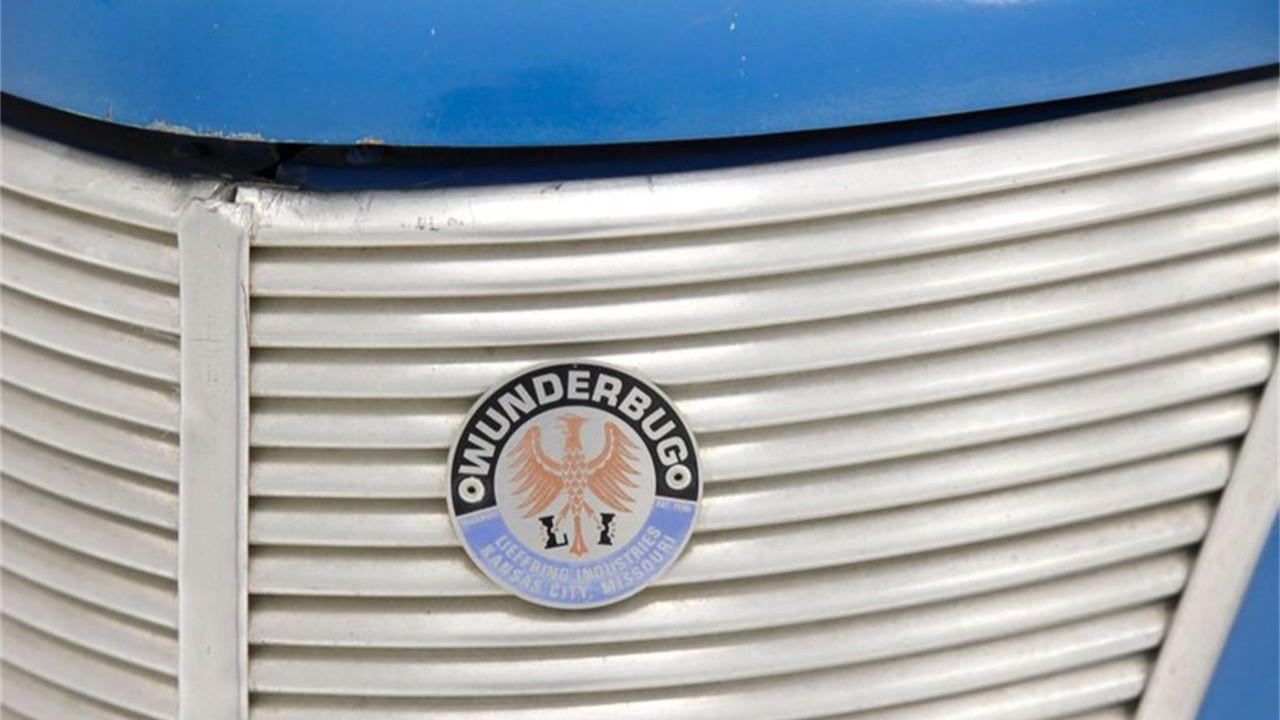
Sitting in the back seat of Mom’s station wagon, you get to see a lot of cars. This is how a fledgling auto enthusiast cut his teeth. Of course, Volkswagens were a common sight, but then you notice the differences (horn grilles, taillight lenses, reflectors, license plate light assemblies, and backlites, among others) and learn how to organize the running changes. Once I spotted a strange Beetle with bullet-style parking lights by the headlights so, the next time I was at the mall, I visited B. Dalton Bookseller and looked up a VW book and learned the car in question was from 1957. Oldest Beetle in town?
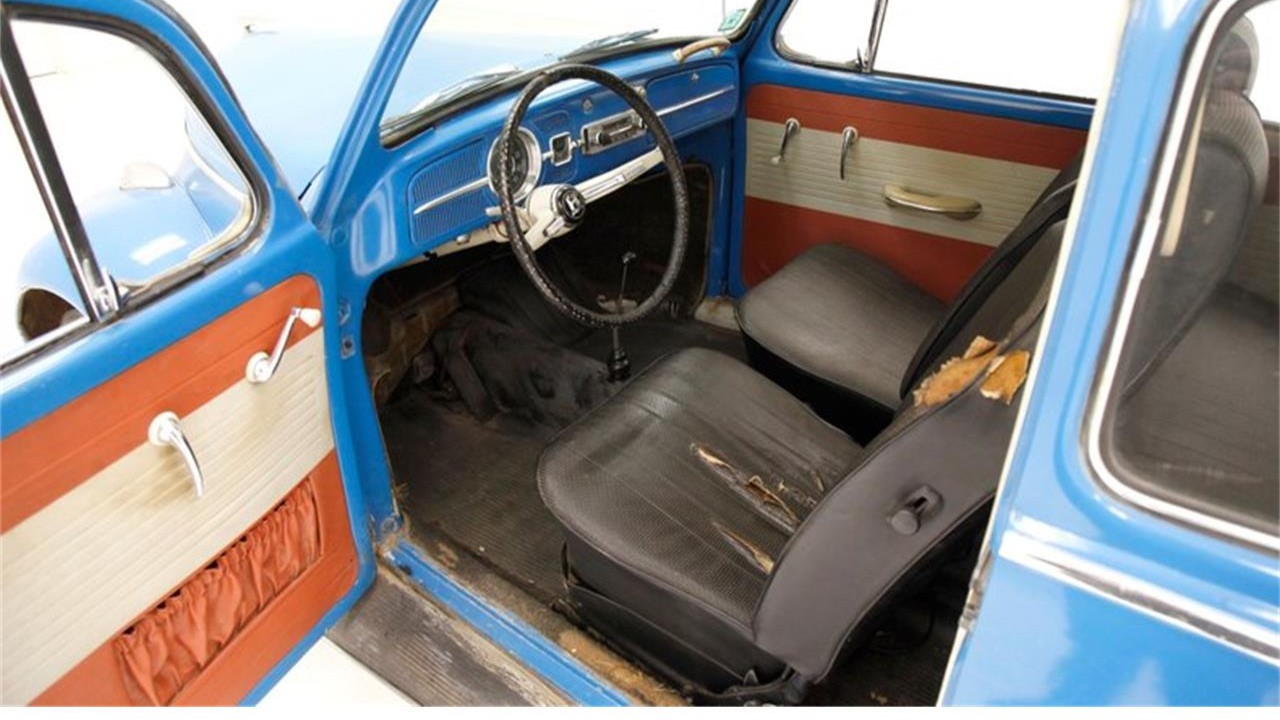
On occasion, I’d spot a Beetle with a conversion to a Rolls-Royce or 1930s Ford grille (and, sometimes, trunklid). These were amusing curiosities for a kid like me, not quite understanding what they were other than I knew that Rolls-Royce was the most prestigious car in the world, a car I could see on occasion while visiting New York City and more often while visiting relatives in Los Angeles.
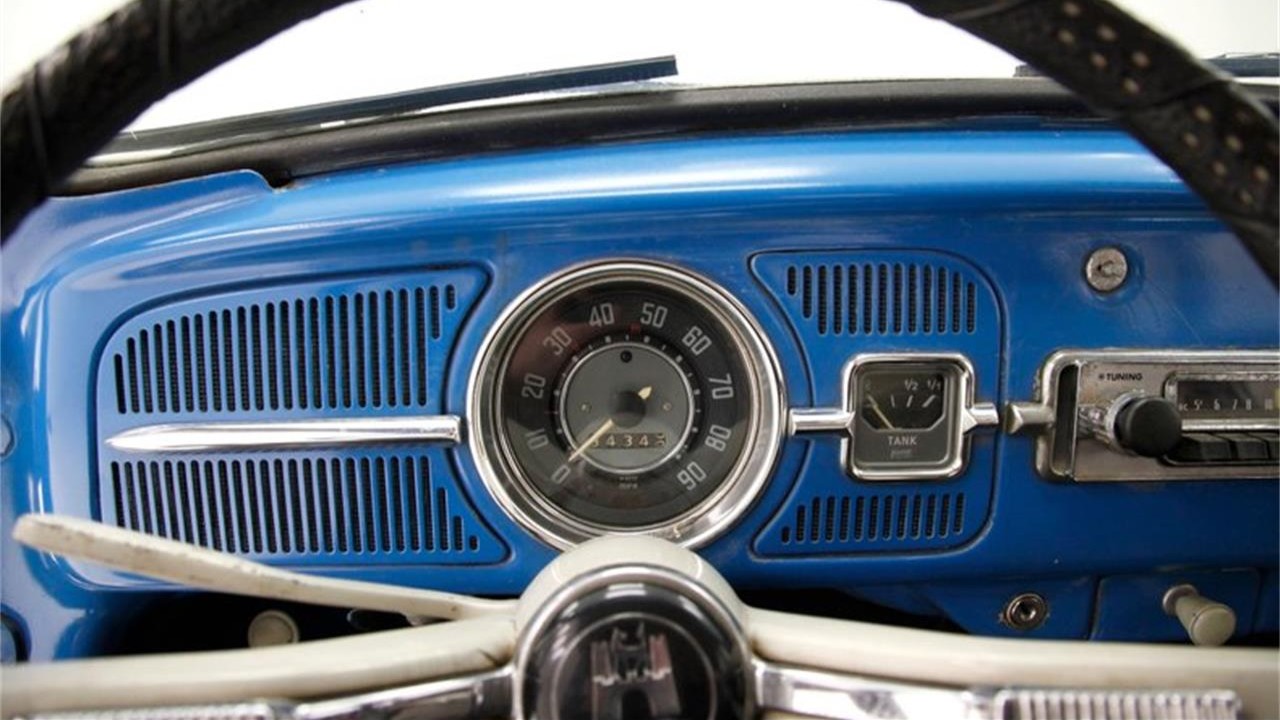
One of the companies that created these conversions was called Lieffring Industries from Kansas City, Missouri. The “Wunderbug” conversion was offered for standard Beetles (meaning no Super Beetles) and consisted of a new hood and side panels to give the funky German car the look of a 1937 Ford. Lieffring Industries was one of several companies who developed this conversion, with some featuring the similar-yet-different 1940 Ford style. “Quality fiberglass parts by an experienced auto parts maker. Hood is double (laminated) and the inside finishes as nicely as the outside,” read the brochure. “Makes expensive Mercedes-type sound when you close it. Grill assembly is mirror-bright, anodized, extruded aluminum. Double safety latch, cable controlled. Detailed installation instructions included.”

While my recollection of these cars is only as good as my memory (read: hit/miss), I don’t recall seeing this conversion on a pre-1968 Beetle until I stumbled upon this 1965 Volkswagen Beetle featuring the ’37 Wunderbug conversion. Is there irony in pointing out this “People’s Car” is using the styling of a Ford, the very same brand that originally developed a car for the people? “The chrome is nicely preserved in the bumpers, trim, and any badging which shines wonderfully in the strong Pennsylvania summer sun,” says the seller. “The gaps are very nice, and the cute little running board is all solid.” Inside, you’ll note the red and white door panels contrasting with the black seats. The engine is a 1.2-liter boxer-four with a Solex one-barrel carburetor. Of course, shifting chores are handled by a four-speed manual.
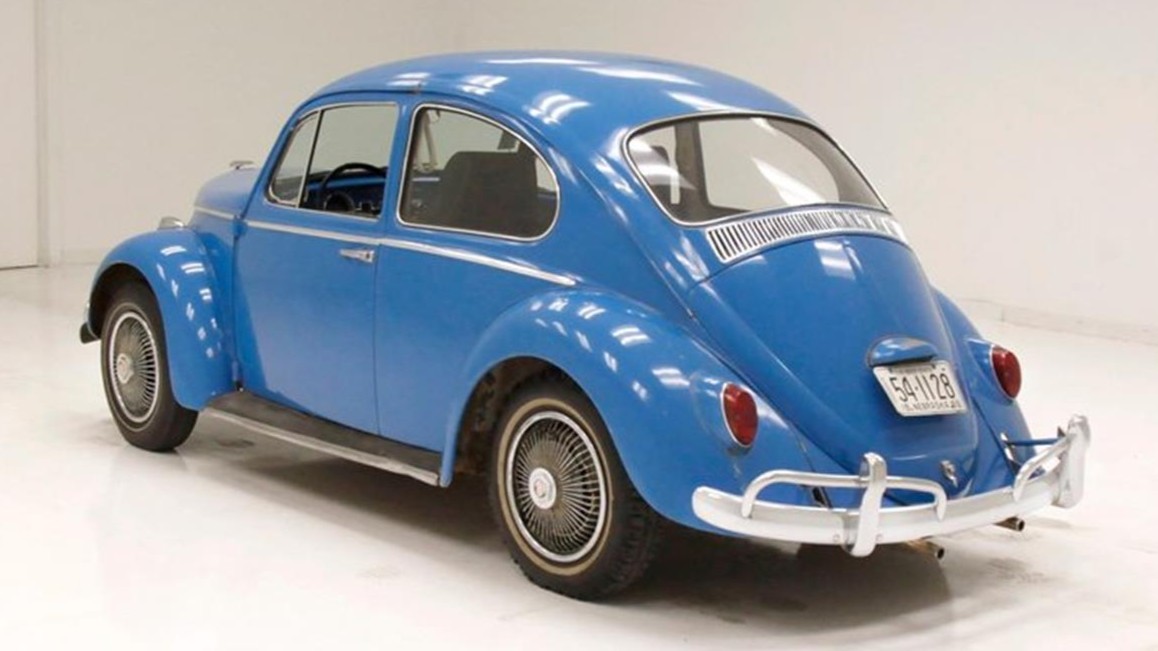
If you’re torn between a Volkswagen and a vintage Ford, we have found the solution for you. And, at $7,500, it truly is a nostalgic take on the People’s Car.
Click here to view this Pick of the Day on ClassicCars.com
Driving safety remains a critical concern across America, with thousands of accidents occurring each year, resulting in tragic fatalities and life-altering injuries.
While driver behavior and environmental factors significantly influence accident rates, the type of vehicle driven can also play a critical role in road safety outcomes.
Recent accident statistics reveal troubling insights about specific car models that consistently appear in accident reports at higher rates than others.
Being adequately informed about these vehicles can empower consumers to make safer purchasing decisions and encourage manufacturers to enhance vehicle safety standards.
In this article, we reveal the top 20 cars with the highest accident rates in America, providing essential insights to help keep you and your loved ones safe on the road.
There’s something truly great about the Italians. Their passion for things that surround our lives—the food, the cars—is unmatched, which is why this AutoHunter Spotlight is an exciting opportunity to show you a very special Italian: a 1966 Alfa Romeo 2600 Sprint coupe. It is powered by a 2,584cc inline-six paired with a five-speed manual transmission. Painted Dark Teal Blue over a blue leather interior, this senior Bertone-styled coupe comes from the selling dealer with records, a spare wheel, a clear title, and more.

The Dark Teal Blue paint was applied in 2020. Exterior features include dual black side mirror caps, a hood scoop, and front side-markers. A set of gray 15-inch wheels is wrapped in 165R400 Michelin radials.
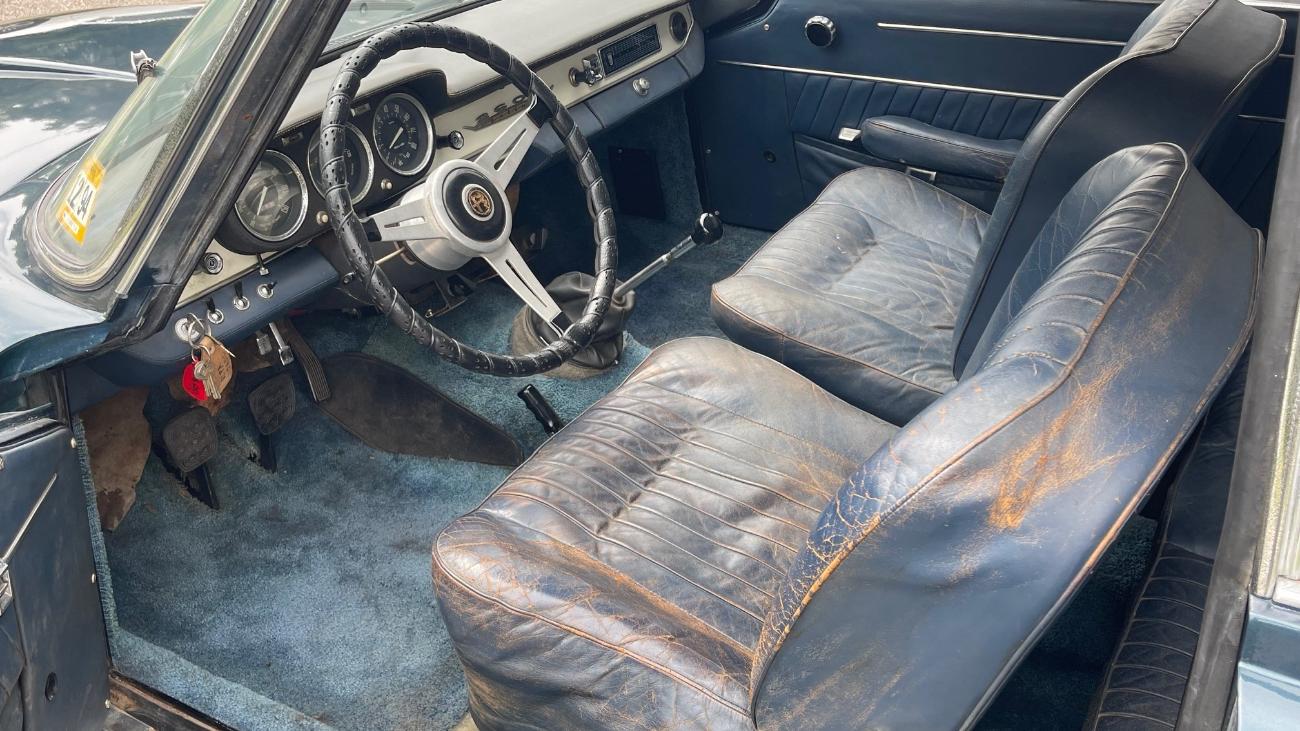
The interior is furnished with the original blue leather. The shifter for the transmission sits on the floor between front bucket seats. A three-spoke steering wheel and power windows round out the interior features.

The instrument panel consists of a 150-mph speedometer, an 8,000-rpm tachometer, and gauges for the oil pressure, oil temperature, water temperature, and fuel level. The odometer shows 32,319 miles, with the true mileage believed to be 132,319 per the title.

The alloy 2,584cc DOHC inline-six is fed by three single-barrel Solex carburetors. It is backed by a five-speed manual transmission. The drivetrain received $7,900 worth of work earlier this year.

Underneath, an independent front suspension with double wishbones works in conjunction with a solid rear axle. The four-wheel disc brakes help this Alfa stop on a Lira. A single exhaust system carries fumes to the rear.

As you can tell, this 1966 Alfa Romeo 2600 Sprint coupe was quite the machine when new. Today, a little TLC will go a long way to bring it back to its full glory. Only about 1,000/year were built, and this one being a U.S.-spec car makes it even more unusual. Rather than getting seduced by the Spider 1600, you can have a car that seats four adults in comfort and draws power from an engine that makes your typical American small-block seem old hat. Cars like this only appear once in a blue moon, so be sure to place a bid before the auction ends on Monday, May 9, 2025, at 11:15 a.m. (PDT).
Visit the AutoHunter listing for more information and a photo gallery

